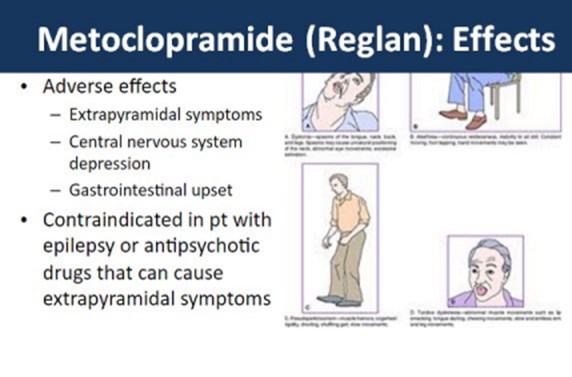A nurse is obtaining a urine specimen for culture and sensitivity via a straight catheterization. Which of the following actions should the nurse take?
Use sterile water to inflate the balloon.
Instruct the client to clean from front to back with an antiseptic solution.
Collect urine from the catheter's port.
Use a sterile specimen container.
The Correct Answer is D
When collecting a urine specimen via straight catheterization, it is important to use a sterile specimen container to maintain the integrity of the sample and prevent contamination. Using a non-sterile container can introduce bacteria and affect the accuracy of the culture and sensitivity results.
The other options mentioned are incorrect:
Using sterile water to inflate the balloon: This action is relevant when inflating the balloon of an indwelling urinary catheter, but in a straight catheterization, there is no balloon involved.
Instructing the client to clean from front to back with an antiseptic solution: This instruction is appropriate for cleaning the urethral meatus before inserting an indwelling urinary catheter, but in a straight catheterization, the nurse performs the procedure using sterile technique and does not require the client to clean themselves.
Collecting urine from the catheter's port: In a straight catheterization, the nurse collects urine directly from the catheter tube using a sterile syringe or collection container, rather than from a separate port.
Nursing Test Bank
Naxlex Comprehensive Predictor Exams
Related Questions
Correct Answer is A
Explanation
Metoclopramide is a medication commonly used to treat gastrointestinal disorders such as gastroesophageal reflux disease (GERD). While it is generally well-tolerated, it can have some adverse effects. Sedation is one of the common side effects of metoclopramide. It can cause drowsiness, dizziness, and a feeling of tiredness in some individuals. Therefore, the nurse should monitor the client for any signs of sedation or excessive drowsiness, especially when the client starts taking the medication or when the dose is increased.

Hypertension: Metoclopramide is not known to cause hypertension (high blood pressure) as a common side effect. In fact, it may have a mild hypotensive (blood pressure-lowering) effect in some individuals.
Urinary retention: Metoclopramide does not typically cause urinary retention. Instead, it can enhance gastrointestinal motility and increase the frequency of bowel movements.
Blurred vision: While visual disturbances are rare adverse effects of metoclopramide, blurred vision is not a commonly reported side effect. However, other visual disturbances like oculogyric crisis (involuntary rolling back of the eyes) have been reported in rare cases. Nevertheless, monitoring for blurred vision specifically is not a priority when administering metoclopramide.
Correct Answer is C
Explanation
Hydrochlorothiazide is a thiazide diuretic commonly used to treat hypertension and edema. One of the potential side effects of hydrochlorothiazide is hypokalemia (low potassium levels). To help counteract this effect, it is important for the client to increase their daily intake of foods high in potassium, such as bananas, oranges, spinach, avocados, and potatoes. This helps maintain adequate potassium levels in the body.
The other options mentioned are incorrect:
Take the medication on an empty stomach: Hydrochlorothiazide can be taken with or without food. It does not need to be taken on an empty stomach.
Muscle weakness is an expected adverse effect: Muscle weakness is not a common or expected adverse effect of hydrochlorothiazide. If the client experiences muscle weakness, they should notify their healthcare provider.
Take the medication at bedtime: Hydrochlorothiazide can be taken at any time of the day. There is no specific requirement to take it at bedtime. The dosing schedule should be determined based on the individual's needs and healthcare provider's instructions.
Whether you are a student looking to ace your exams or a practicing nurse seeking to enhance your expertise , our nursing education contents will empower you with the confidence and competence to make a difference in the lives of patients and become a respected leader in the healthcare field.
Visit Naxlex, invest in your future and unlock endless possibilities with our unparalleled nursing education contents today
Report Wrong Answer on the Current Question
Do you disagree with the answer? If yes, what is your expected answer? Explain.
Kindly be descriptive with the issue you are facing.
